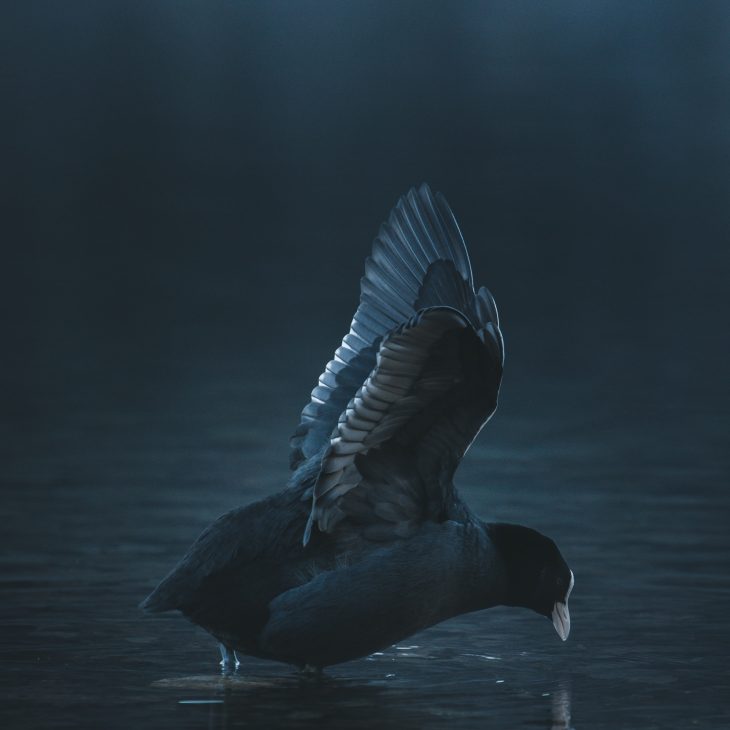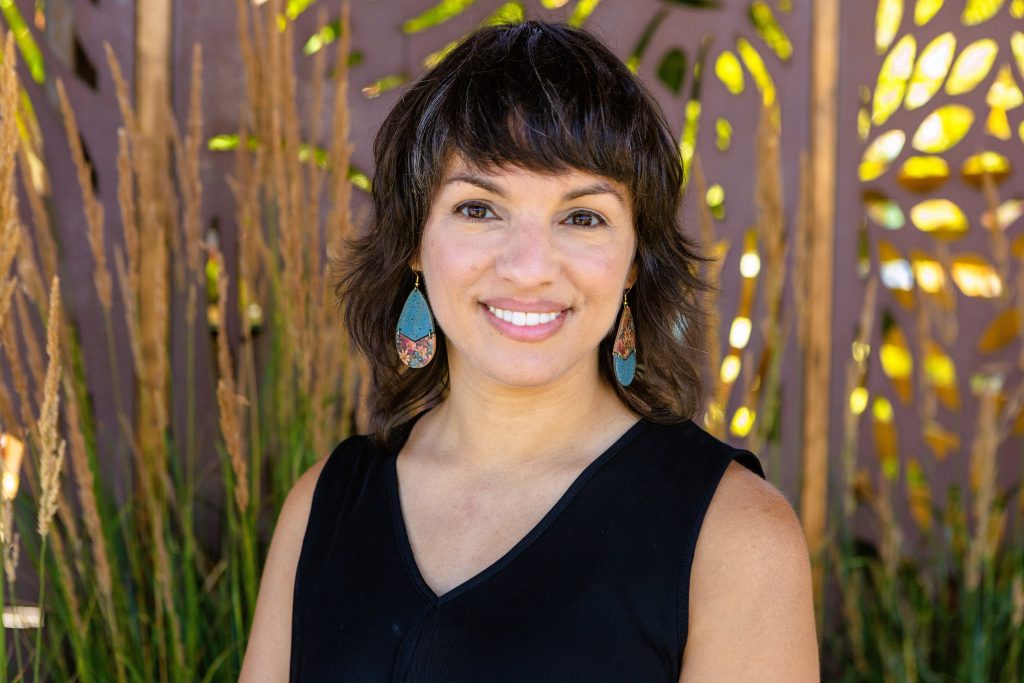The Invitation of Darkness
December 3, 2020

Last March, the coronavirus brought things that loomed large to a grinding halt and in what felt like a single moment, daily life was fundamentally altered. Our family of four went from a hurried full schedule to a slow life at home together in our small Chicago condo.
Without school, activities, playgrounds, toy stores, restaurants, museums, or friends, we broke up the long days with our five- and one-year old boys by going outside. The natural world quickly took on a new level of importance. The weather didn’t just determine what shoes and coat I wore on my commute but rather the entire shape of our day. When could we go out and for how long? Could we get our kids enough exercise that they would fall asleep easily? Where could we play in the city that was away from people and parks? What would entertain them for longer than ten minutes? Could we count anything we did as an “academic activity”?
As the days became weeks and the weeks became months…we walked and biked; we played in snow and looked for animal tracks; we wandered woods, ran in fields, and climbed trees; we built fires, caught fireflies, fed birds, and drew in the dirt; we collected acorns, sticks, cicada shells, chestnuts, rocks, leaves, feathers, and random “treasures” that had fallen out of pockets; we swam in Lake Michigan, scaled rocks, and slid down sand dunes; we ate from the garden and planted seeds; we looked for holes in trees where fairies might hide and splashed in puddles; we saw the sun rise and walked in the dark.
Like a river that slowly carves its way through a canyon, this long slow time of dependence on the outside unexpectedly changed my orientation to the natural world. The coronavirus had stopped so many things but it had not stopped the earth. The seasons changed, snow fell and melted, plants grew and died, water flowed and the sun warmed rocks. During this time, I certainly appreciated nature’s ability to entertain us but I was even more grateful for its steady constancy when so much felt fragile and treacherous.
In response to my growing sense of the earth’s sacredness, I turned to my Christian texts, theologies, and rituals and found them to be insufficient at honoring non-human life, marking the changing seasons, and helping me grieve climate change. In search of other ways of knowing and being, I turned to wiccan and pagan traditions.
The term pagan originally came from the Latin term pāgus which referred to a small plot of land. It was used as a derogatory term for those who lived in rural areas and continued to practice their indigenous traditions after Christianity arrived. As people deeply dependent upon the earth, pagans marked and celebrated the natural world, the changing seasons, the sun and the moon, and the various other forms of life that humans depend upon for survival.
As summer waned and pandemic life continued, I feared the coming darkness. The transition from summer to fall to winter is always hard for me and I predicted it would be worse in the midst of a global pandemic. I had been reading about the pagans and the witches now for a few months and decided that this year as the light changed and my anxiety increased, I would let them lead me.
Instead of fearing and running from the changing season, I followed these ancient wisdom and leaned in. While many pagans celebrate sun and moon holidays throughout the year (fall and spring equinox, winter and summer solstice), Samhain (October 31st) is arguably the most important pagan holiday and the start of a new year. In addition to celebrating the harvest, this holiday welcomes in the dark half of the year. As this holiday approached, I sat with the idea of welcoming darkness, appreciating its many gifts, and honoring its necessity. This invited and required a diligent rejection of the association of darkness with the negative that pervades our culture.
Fueling and fueled by white normativity and supremacy, our culture uses the term “dark” or “darkness” to refer to things that are evil, sad, manipulative, bad. There are dark magic and the dark side. People talk about dark times and dark forces.
Appreciating, honoring, and celebrating darkness is one way to dismantle this narrative and tell a different story. It also changed the way I felt about the approach of winter. By welcoming the darkness I found that it is soft and quiet. It is like velvet with blurred edges. In the darkness, I can breathe deeply and I must walk slow. I use different senses- I touch and listen. When the earth tilts to the darkness, she invites us to rest more, do less, reflect, draw on the wisdom, and go deeper.
We don’t need to look for, turn on, or wait for the light as popular adages on greeting cards, posters, and mugs would have us believe. We can sit in the dark and it will hold us. This year, perhaps more than ever, we need rest. Accept the invitation.
To go in the dark with a light is to know the light.
To know the dark, go dark. Go without sight,
And find that the dark, too, blooms and sings,
And is traveled by dark feet and dark wings.
— Wendell Berry
Share
Related Articles
Interfaith Inspiration
Gratitude for the Darkness: How Winter Solstice Can Be a Sacred Teacher
American Civic Life
Racial Equity
Immigrant Faith Communities On Rooting Out Anti-Black Racism



